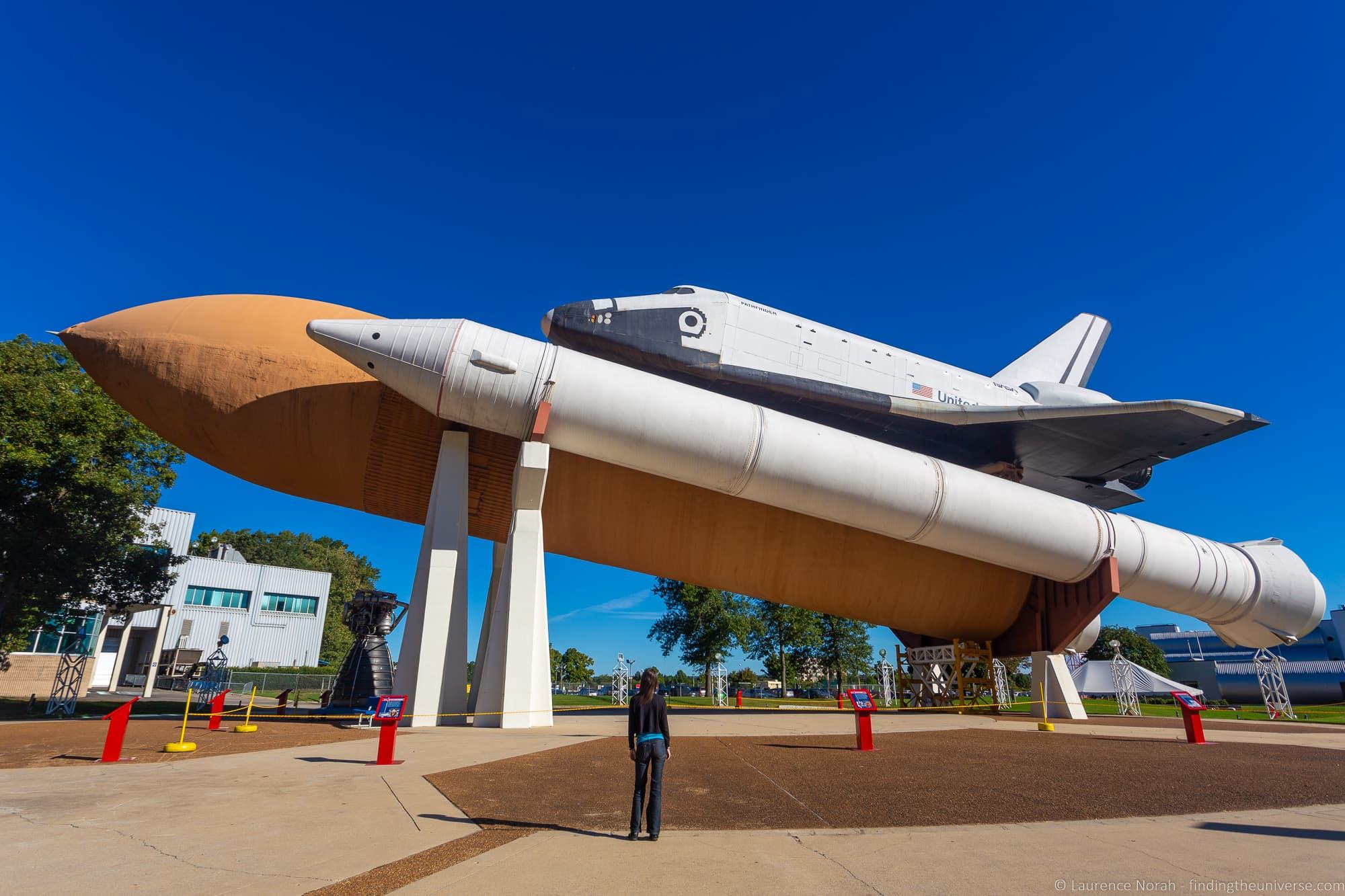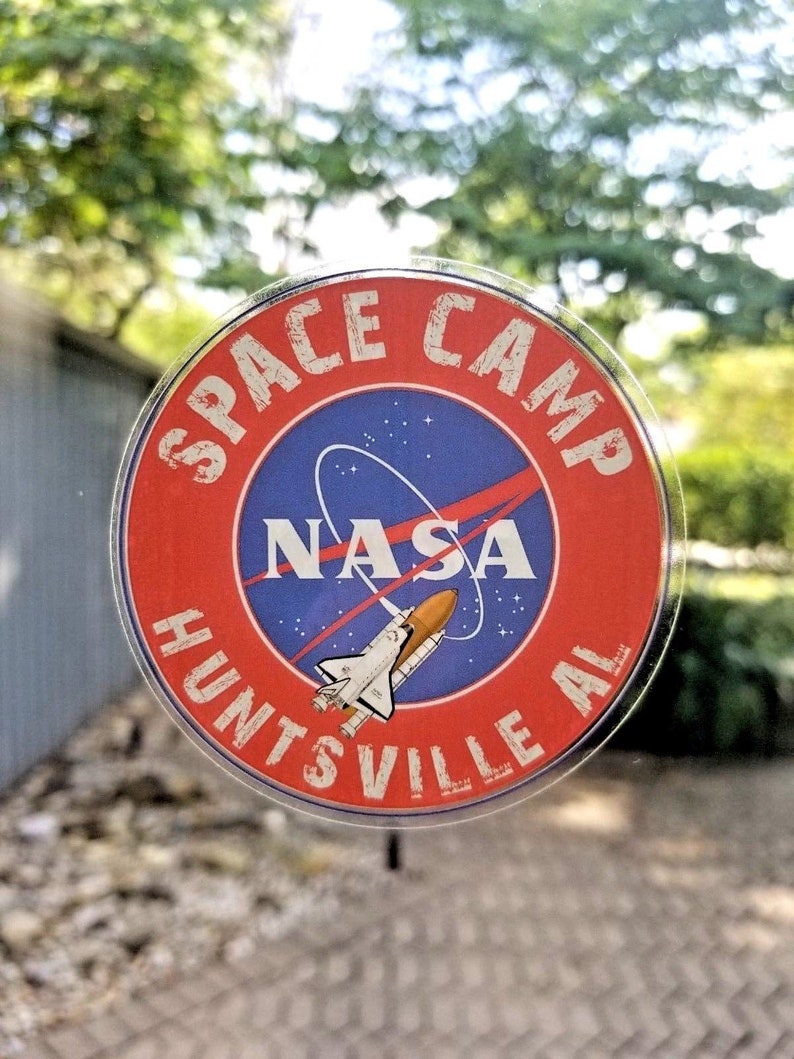
Marshall hosts Student Launch with management support provided by NASA’s Office of STEM Engagement – Southeast Region. Fred Kepner, an education program specialist and activity lead for Student Launch at Marshall Student Launch is an authentic learning experience – one offering students experience working through the same processes NASA and our partners use for safety and quality control of space missions.” “ Students are required to meet complex requirements and high expectations, literally. Students from New York University, in the Bronx, showcase their rocket during NASA’s annual Rocket Fair April 13, near NASA’s Marshall Space Flight Center in Huntsville, Alabama. Student Launch is one of NASA’s nine Artemis Student Challenges, activities which connect student ingenuity with NASA’s work returning to the Moon under Artemis in preparation for human exploration of Mars. Third place: Seabrook Intermediate School, Seabrook, Texas Second place: Yamhill Carlton Rocketry, Yamhill, Oregon Third place: Cedar Falls High School, Cedar Falls, Iowaįirst place: Portland Rocketry, Portland, Oregon Second place: Spring Grove Area High School, Spring Grove, Pennsylvania Military Academy at West Point, New Yorkįirst place: Yamhill Carlton Rocketry, Yamhill, Oregon Third place: Camas High School, Camas, Washingtonįirst place: The U.S. Second place: MATHmania Robotics, Mission Viejo, California Second place: University of Notre Dame, Indiana Third place: Boy Scout Troop 17, Charlottesville, Virginia Second place: East Aurora High School, East Aurora, New York Second place: North Carolina State University, Raleighįirst place: Morris County 4-H Rocketry Club, Morris County, New Jersey Second place: University of Alabama in Huntsvilleįirst place: University of Puerto Rico, Mayaguez Campus Third place: University of Central Florida, Orland Second place: Angelo State University, San Angelo, Texas Third place: University of Notre Dame, Indianaįirst place: New York University, New Yorkįirst place: United States Military Academy, West Point, New York Second place: Vanderbilt University, Nashville, Tennessee Second place: Seabrook Intermediate School, Seabrook, Texasįirst place: University of North Carolina at Charlotte Third place: University of North Carolina at Charlotteįirst place: Cedar Falls High School, Cedar Falls, Iowa Second place: Washington University in St. Third place: Boy Scouts Troop 17, Charlottesville, VirginiaĪmerican Institute of Aeronautics and Astronautics Reusable Launch Vehicleįirst place: University of Alabama in Huntsville Second place: Yamhill Carlton High School, Yamhill, Oregon

Second place: Virginia Polytechnic Institute and State University, Blacksburgįirst place: Cedar Falls High School, Iowa Third place: MATHmania Robotics, Mission Viejo, Californiaįirst place: North Carolina State University, Raleigh Second place: Camas High School, Camas, Washington

Third place: University of Alabama in Huntsvilleįirst place: Spring Grove Area High School, Spring Grove, Pennsylvania Second place: University of North Carolina at Charlotte

Second place: University of North Carolina at Charlotte.First place: University of Alabama in Huntsville.The complete list of award winners are as follows: Kevin McGhaw, director of NASA’s Office of STEM Engagement – Southeast Region

As NASA celebrates its 23rd year of Student Launch, we are proud to help develop the next generation of skilled engineers and explorers capable of supporting NASA’s Artemis missions.” “ Our students share unique perspectives and design innovative technologies to address real-world difficulties of space exploration. Students from the University of North Carolina at Charlotte, carry their rocket to the launch pad during NASA’s 2023 Student Launch competition near NASA’s Marshall Space Flight Center in Huntsville, Alabama, April 15.įor nine months prior, teams of middle school, high school, college, and university students were tasked to design, build, and launch a rocket and scientific payload to an altitude between 4,000 and 6,000 feet, while making a successful landing and executing a scientific or engineering payload mission.


 0 kommentar(er)
0 kommentar(er)
